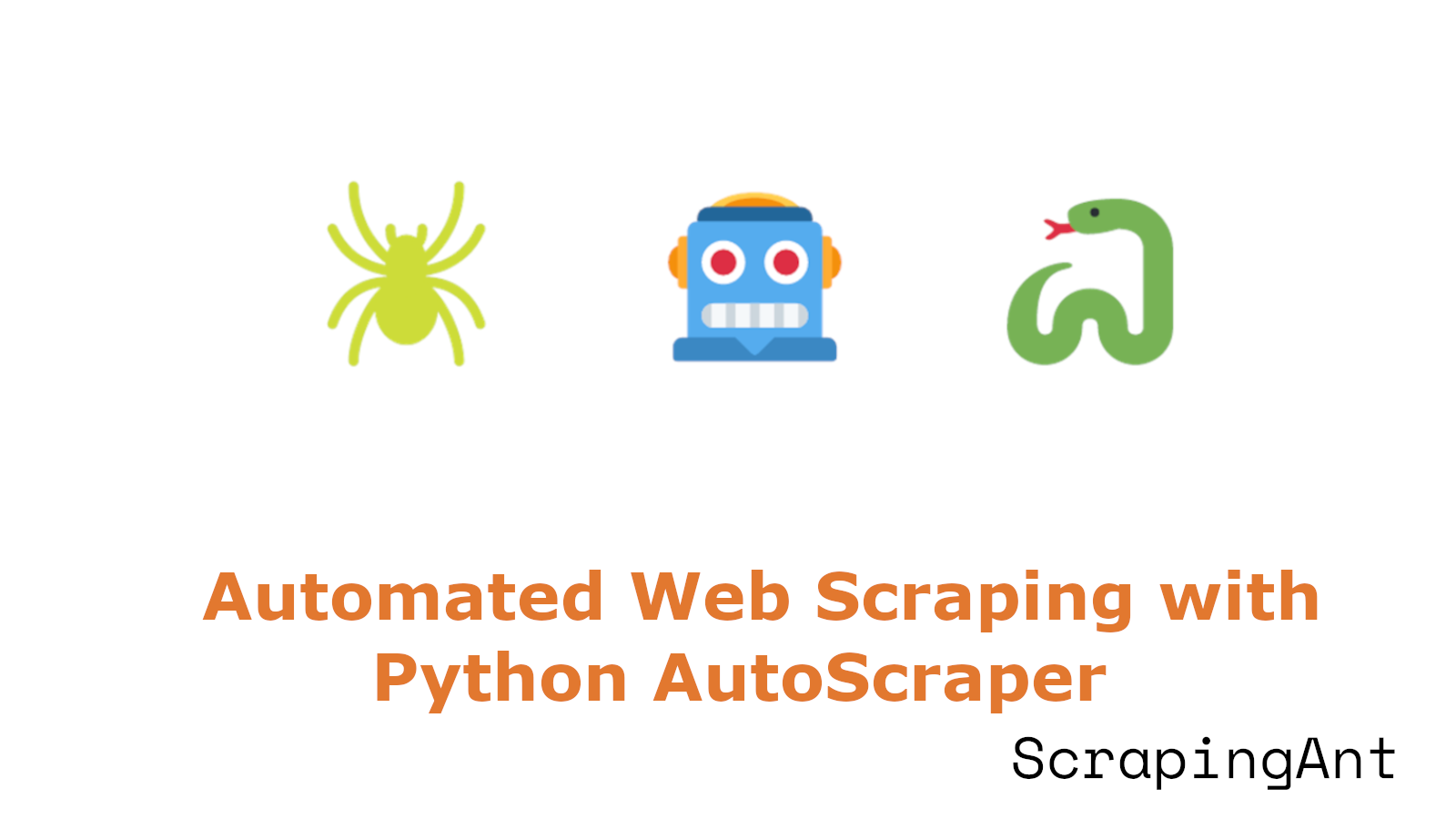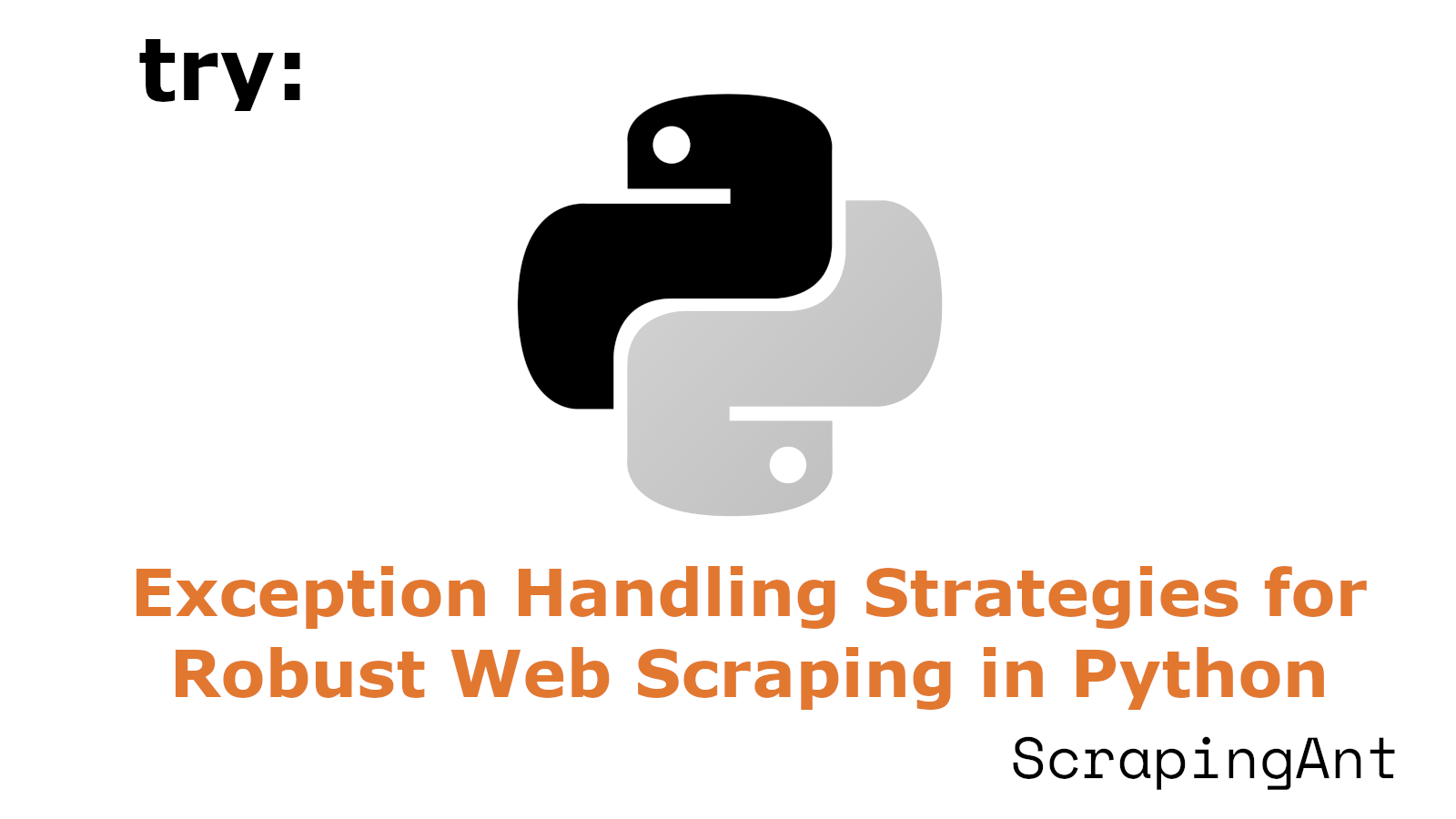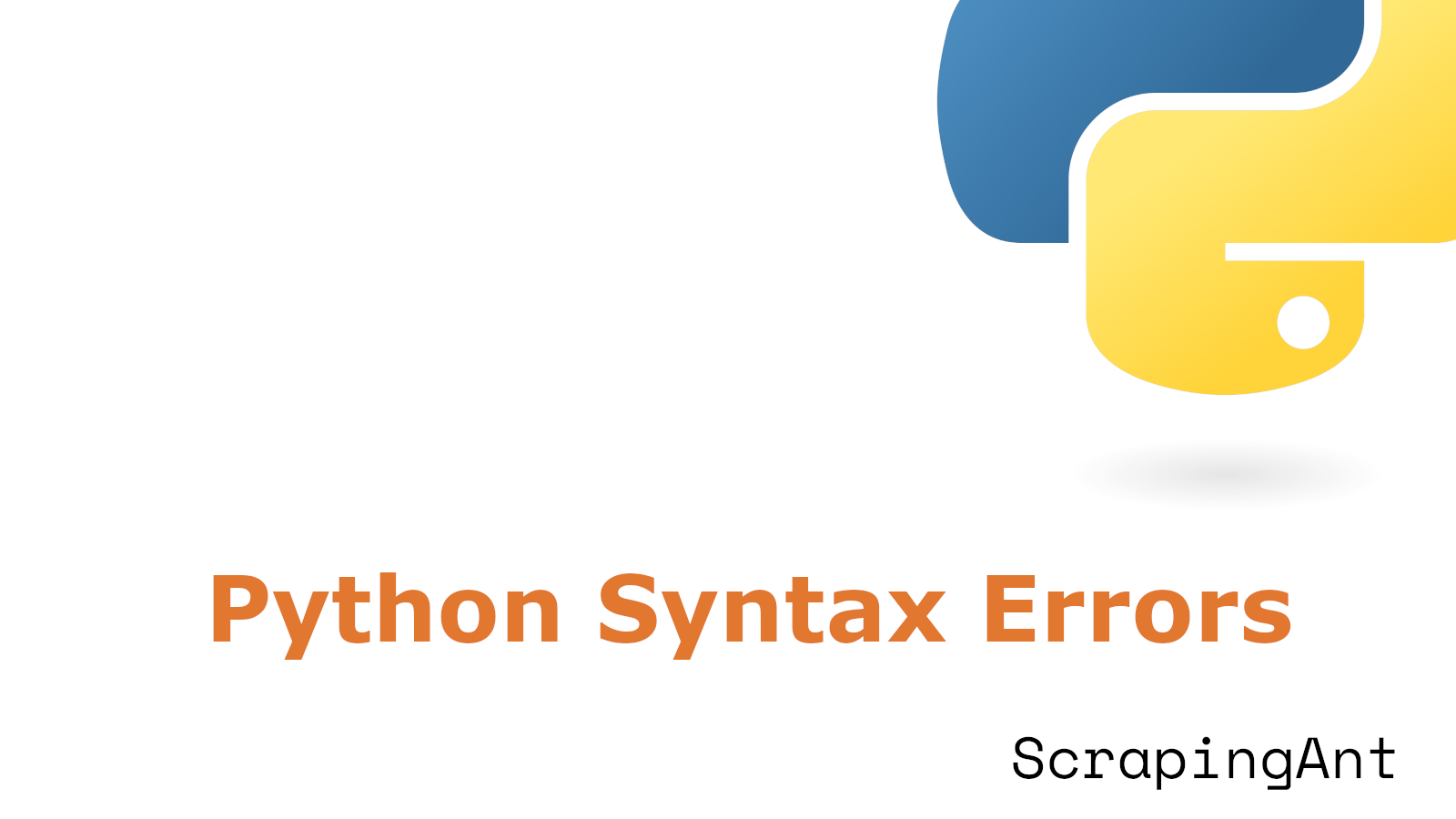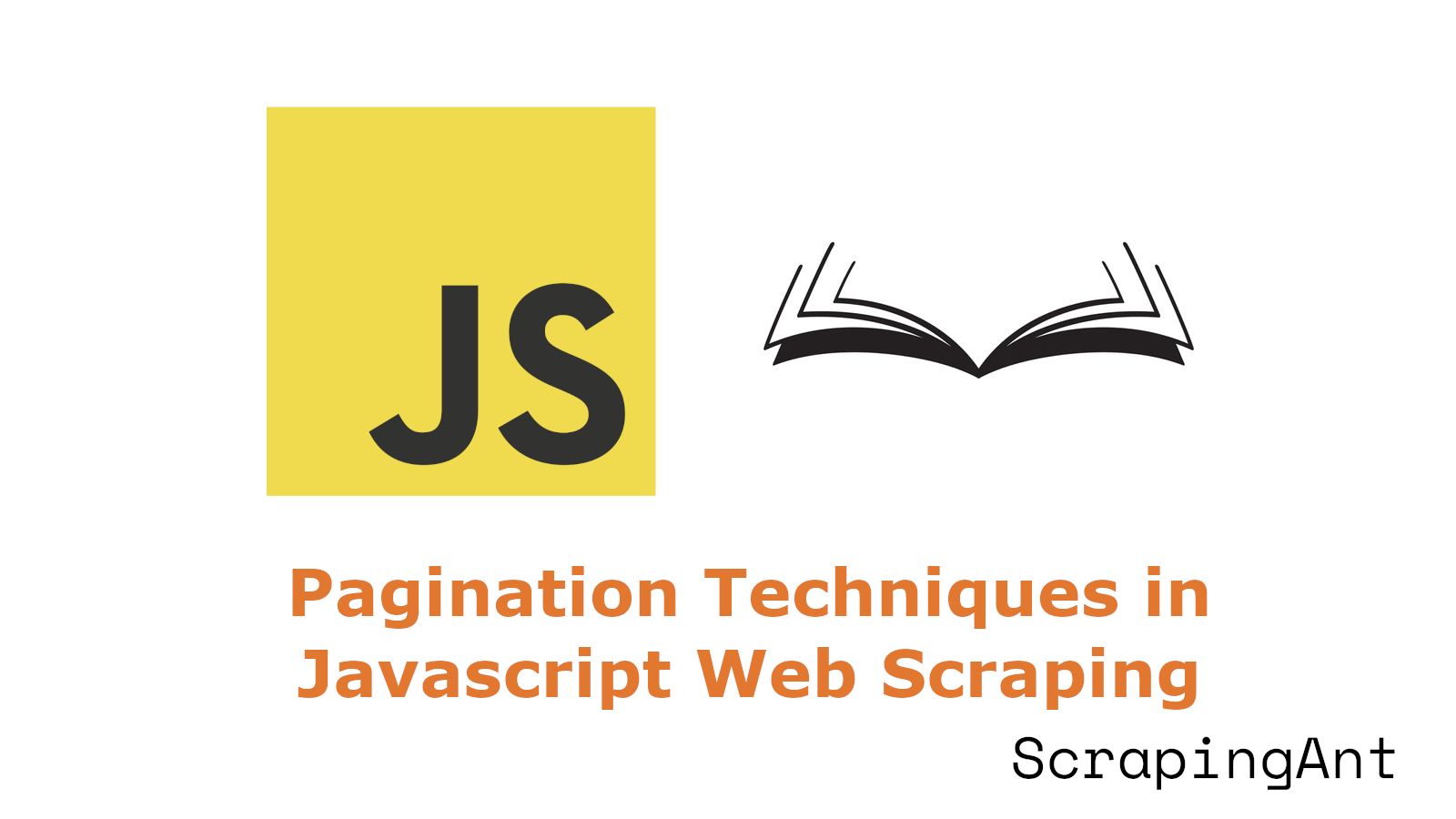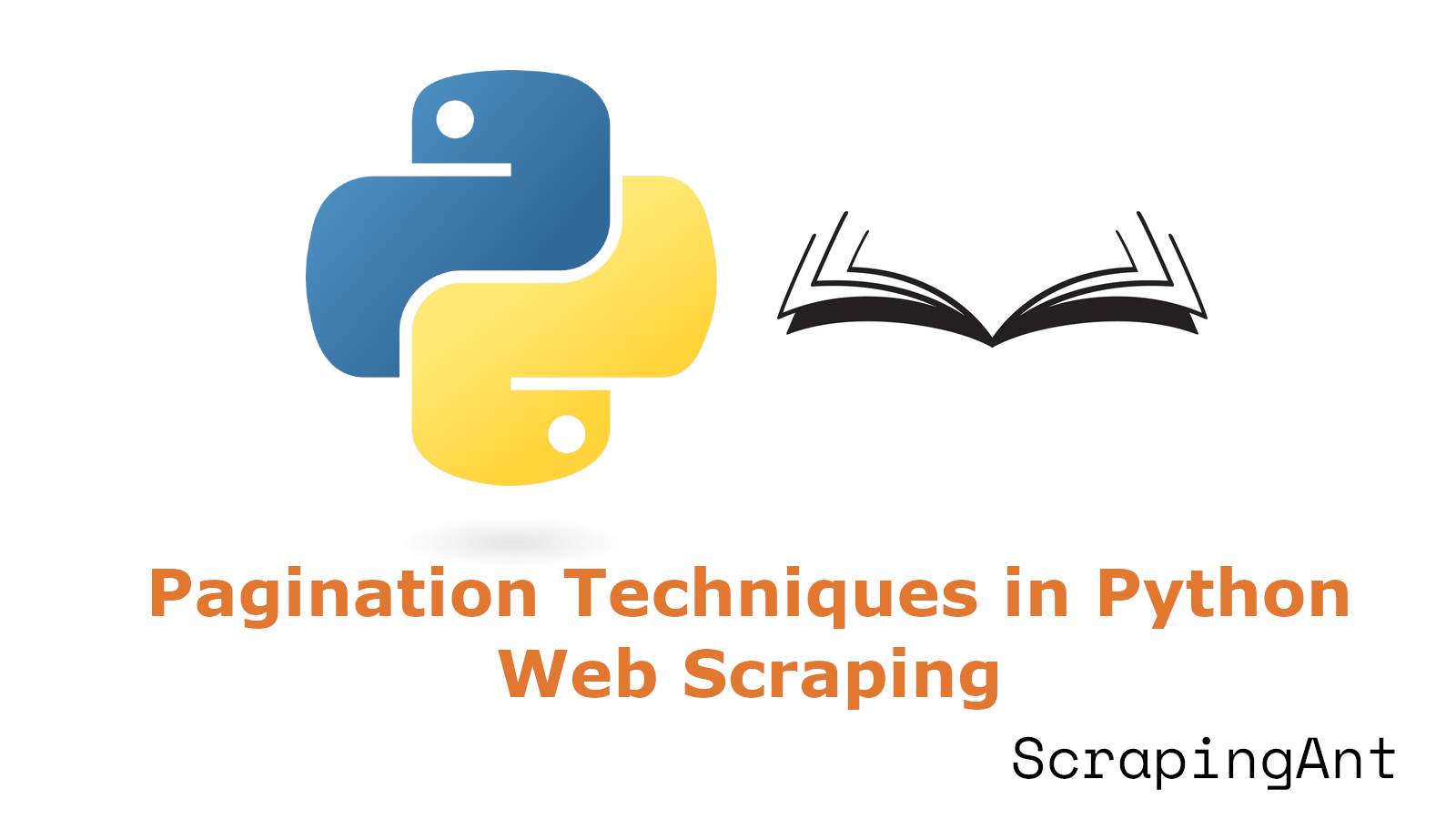
As of September 2024, the practice of web scraping continues to be a vital tool for businesses and researchers seeking to harness the vast wealth of information available online. However, the increasing implementation of IP bans by websites to protect against unauthorized data collection has created a complex challenge for scrapers.
Web scraping, while invaluable for gathering market intelligence, price monitoring, and research purposes, often treads a fine line between legitimate data collection and potentially unethical or illegal practices. According to a study by Imperva, nearly 25% of all website traffic is attributed to bad bots, many engaged in scraping activities. This high volume of automated traffic has led to the widespread use of IP bans as a defensive measure by website owners.
The ethical considerations of bypassing these bans are multifaceted. On one hand, there's the argument for open access to publicly available information and the benefits that data analysis can bring to various industries. On the other, there are valid concerns about server load, copyright infringement, and the potential misuse of personal data. Legal frameworks such as the Computer Fraud and Abuse Act (CFAA) in the United States and data protection regulations like GDPR in the European Union further complicate the landscape.
This research report delves into the intricate world of ethical IP ban bypassing techniques for web scraping. We will explore the nature of IP bans, the legal and ethical considerations surrounding their circumvention, and examine effective techniques and best practices that balance the need for data collection with responsible and ethical scraping methodologies. As we navigate this complex terrain, we aim to provide insights that will help practitioners in the field make informed decisions about their web scraping activities in an ever-changing digital environment.

